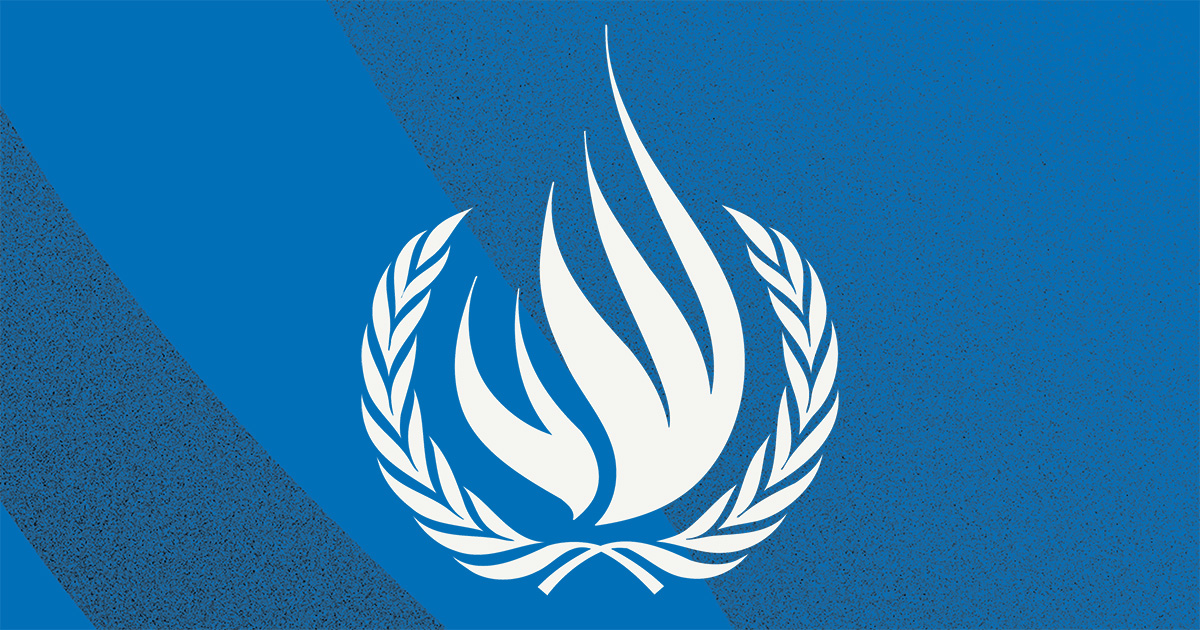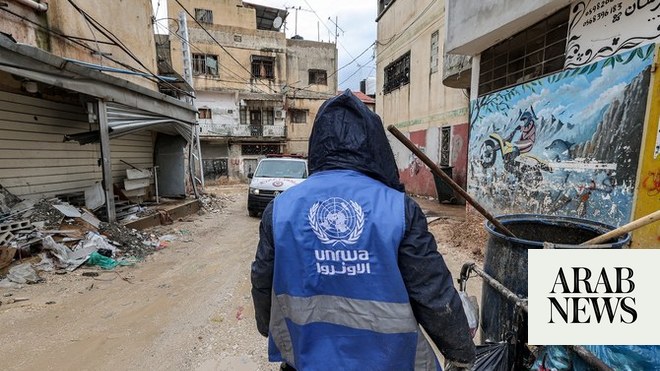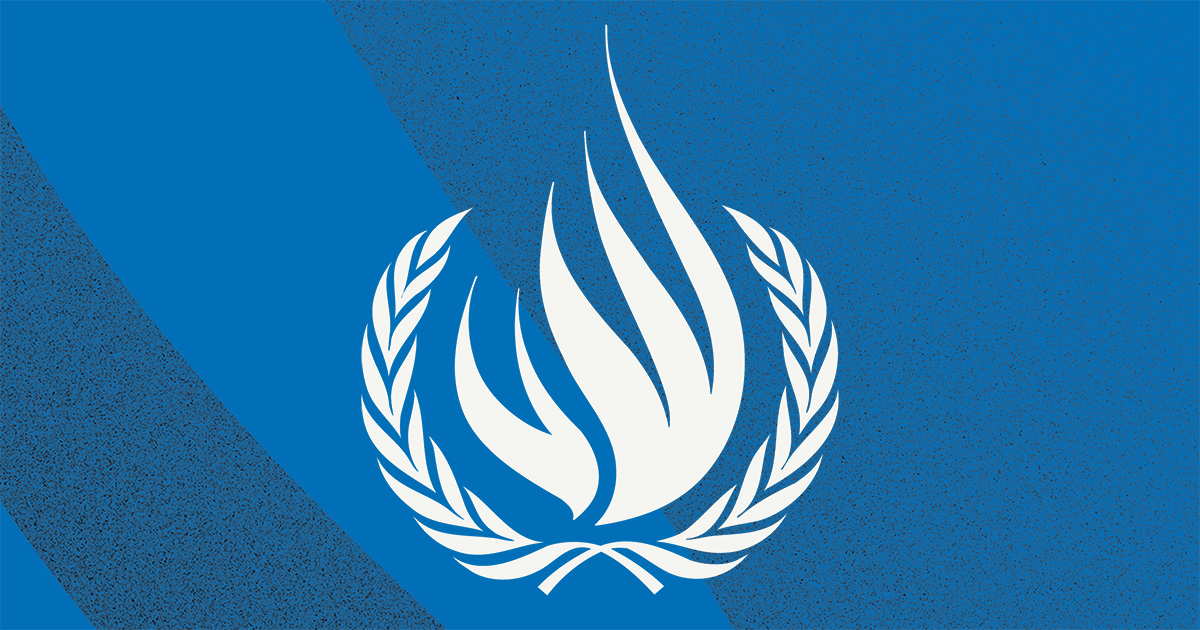
Magnum Photos, one of the world’s most celebrated photographic agencies, is to re-examine the content of its archive of more than 1 million images after accusations it made available photographs that critics said may show the sexual exploitation of minors.
In a statement, the president of Magnum, Olivia Arthur, said the agency, whose founders included Robert Capa and Henri Cartier-Bresson, had begun an “in-depth internal review to make sure that we fully understand the implications of the work in the archive, both in terms of imagery and context.
“Recently, we have been alerted to historical material in our archive that is problematic in terms of imagery, captioning or keywording and we are taking this extremely seriously,” she said.
As of Friday the Magnum archive was offline. An agency spokesman said: “Like many in the photographic industry, we are re-examining our past archives as we are aware there is material that may be inappropriate. Magnum has accumulated almost 1 million images over its 73-year history and we are committed to making this a comprehensive process.”
While photo essays documenting sex workers and sexual exploitation have a long history in journalistic reportage photography, Magnum admitted it had been caught out, both by the presence of some images in its archive, and by the way they had been labelled in search terms accessible to the wider public.
Issues were raised by two articles on the Fstoppers photography website, amplified on social media, which accused Magnum of promoting sexually explicit images of children, featuring nudity, and encounters with clients that the website suggested constituted a record of acts of child sexual abuse.
The criticism reflects a wider debate in the photographic industry over images, including some by celebrated photographers, which have been overtaken by a changing ethical landscape, not least over recording images of subjects seen as having been exploited.
Much of the criticism of Magnum in the past seven days has focused on a series of photographs by the US photographer David Alan Harvey from his time documenting sex workers in Bangkok in 1989. Harvey has been contacted for comment.
Several of the photographs, which were sexually explicit, were tagged in the archive with the search term “teenage girl – 13 to 18 years”.
“Some of the search terms are problematic like referring to a 13 to 18-year-old girl,” the spokesman said, adding that it was not clear who had supplied the tags for the pictures or whether the photographs in question depicted what was described in the tags. He said some “tags and images were not appropriate” for the agency’s publicly searchable archive.
Arthur, who planned to send a longer note to members of the collective next week said: “Times are changing and our photographic world is entering an unprecedented period of self-reflection.
“Many of us are starting to look at ourselves and our work from points of view that we had previously overlooked. I am happy to have seen Magnum dedicate time and effort in the past few years to really thinking about who we are and how we represent the world from both sides of the camera. I fully acknowledge that we are on a journey with plenty of road ahead of us.
“We have also begun a process of in-depth internal review – with outside guidance – to make sure that we fully understand the implications of the work in the archive, both in terms of imagery and context.”
Paul Lowe, who teaches documentary photography at the University of the Arts London and has written about the ethics of photojournalism, as well as being a well-known documentary photographer, suggested there were still questions to be answered for all photo agencies.
“Any image that is currently available through any of the reputable agencies’ websites has gone through process of control. Older images have been digitised and some sort of vetting has taken place.
“An individual has decided that it’s appropriate for the agency archive and what key words should be attached to it. No image is there by accident.”
He said the key issue related to consent. “What does consent and informed consent mean in photography? I think that’s key. Even if a subject gives consent, does that mean you can do whatever you want with images that are problematic?
“I think the whole photographic industry, across the board, are questioning their assumptions, not least the power structures and inherent way that photography has predominantly reflected male gaze, which leaves it very open to very strong arguments of exploitation.”












